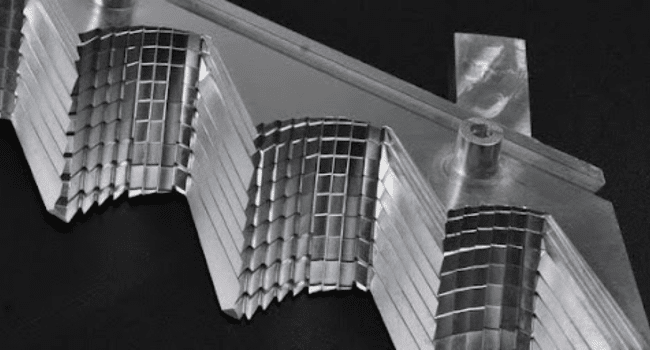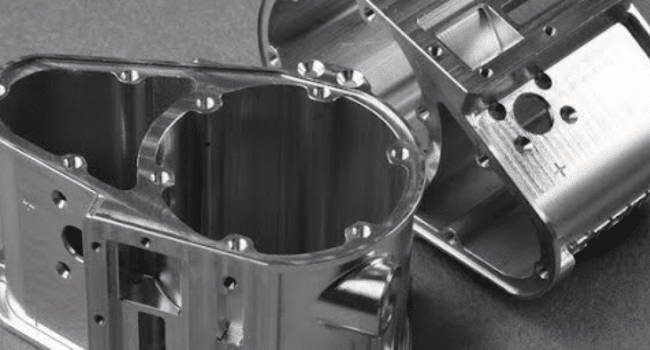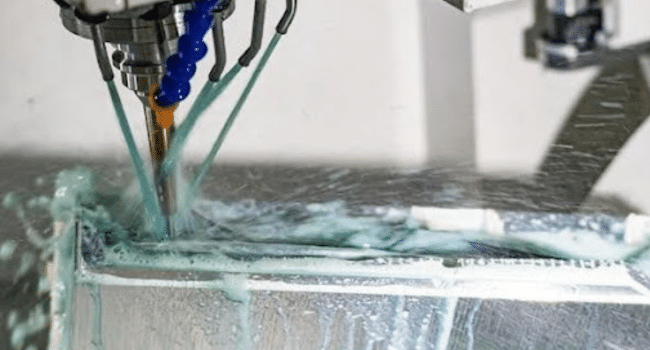Table of Contents
Metal materials for CNC machining cover iron, aluminum, steel, copper, etc., and different materials requiring varying depths of cut, surface quality, and other technical parameters. Especially in aluminum machining process, aluminum material has low hardness, high thermal conductivity and high plasticity, unsuitable tools may lead to problems such as rough machining surface, tool adhesion and excessive wear.
For complex parts, multiple tools may be needed during machining, so necessitating a reasonable selection of tools based on the characteristics of the workpiece. The application points of different tools in the CNC machining process are summarized as follows.
Face Milling Cutters
Face milling cutter widely used for the advantages of large cutting capacity, high surface quality of the cut metal, and ability to withstand high temperatures. Especially in aluminum machining, face milling cutters are particularly effective due to their efficient cutting capabilities and superior surface treatment results.
When using face milling cutters for rough molds or cavity slots, side cutting is typically adopted to prevent damage to the machine spindle. Compared to vertical or inclined entry, side feed reduces the vertical component of the cutting force during machining, thereby reducing the load on the machine spindle and other equipment.
With side feed, the tool shears along the contour of the workpiece, providing a more stable cutting force direction, reducing the possibility of vibration and resonance in the workpiece and improving machining quality. In aluminium machining, side feed not only improves machining efficiency, but also ensures the surface finish and dimensional accuracy of the workpiece.
Roughing End Mills
Roughing end mills have relatively large inserts capable of cutting wide slots or surfaces in a single pass, primarily used for significant material removal in milling operations. The structure and parameter design of roughing milling cutter can withstand greater impact and cutting force, carry out deeper tool eating operation, reduce the number of machining times and shorten the machining time. In CNC machining, roughing milling cutter can be used for cutting steel, iron, copper, aluminium and many other materials, such as milling steps, jacks and other workpieces.

Finishing End Mills
Fine milling cutters have a relatively high degree of machining refinement and are usually used in the last procedure of finishing metal workpieces such as mould nuts and mould bases, in order to improve the machining accuracy and surface quality of metal parts.
Indexable End Mills
Indexable end mills are commonly used for light cutting applications, suitable for high-speed, high-feed machining conditions. They come in two types: roughing and finishing. Roughing tools have high cutting forces and deep cutting depths, ideal for quickly removing large amounts of material in roughing operations. Finishing tools, with lower cutting forces and shallower depths, are used for fine-tuning the workpiece after roughing to achieve higher precision and surface quality.
Optimizing Coolant Selection for Cutting Processes
During CNC machining, frictional heat is generated between the tool and the workpiece. And if not dissipated in time, this heat can elevate the cutting temperature, causing thermal damage to the tool and workpiece surface.

Selecting the right coolant and proper cooling can reduce the cutting temperature, minimize thermal damage, and extend tool life. The relative movement between the tool and workpiece in CNC machining increases cutting force and affects surface quality without lubrication. According to the characteristics of the machining material, the reasonable addition of coolant can form a layer of lubricant film on the surface of the machining material, reduce the cutting force, improve the quality of the cutting surface, and improve the machining efficiency.
Additionally, coolant flushing removes chips promptly, maintaining a good cutting environment and ensuring machining precision and surface quality. Therefore, different types of coolants should be chosen based on the specific material and machining process requirements to achieve optimal results. If the tool used is carbide material, it is recommended to use relatively low concentration emulsion or no coolant.
Read More on KulFiy
